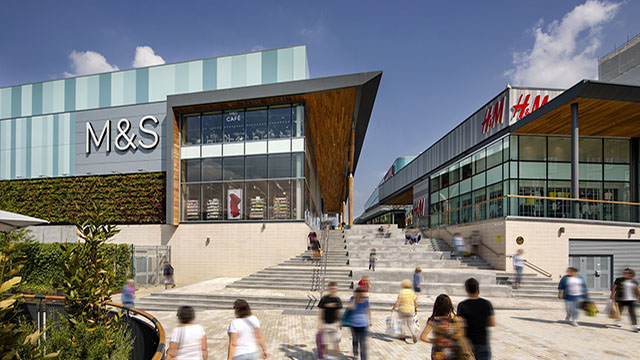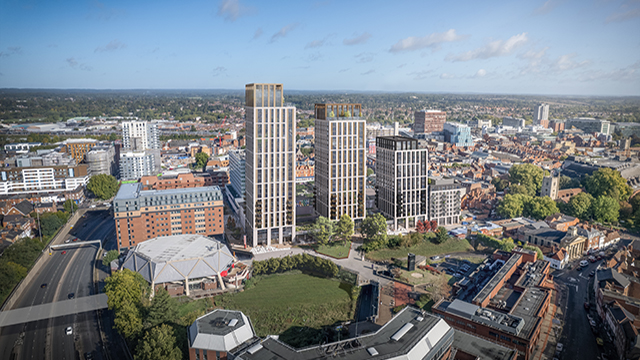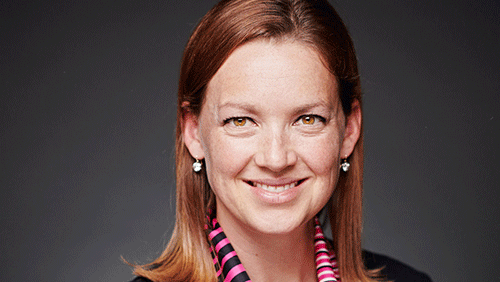In the first half of each year, auctions in the commercial sector come thick and fast with rounds in February, March, May and July. By the time we take our summer break, there’s certainly plenty to think about and this year has been no exception, writes Richard Auterac, chairman, Acuitus.
Auctions is a sector laden with statistics but it is only if you study them hard that they begin to shed light on what is actually happening in the market. For several years, MSCI and Acuitus have collaborated on the Commercial Property Auction Data (cPad) Report, which reviews activity in the commercial real estate auction market. Powered by detailed auction analysis, the report puts the sector into the wider context of the IPD/MSCI UK investment universe.
The latest cPad findings show that the value of sales in July remained relatively robust at £126m, ahead of the long-term average for the month and reflective of continued buying by private investors. The value of sales during July itself was 19% down by value on the same auction period in 2017 but sales for the 12-month period to the end of July (£828m) were down by only 3% on the like-for-like period the previous year.
Interestingly, an unprecedented number of sales have taken place post auction and these are not yet reflected in the data.
London volume down
In July the volume of London assets coming to auction fell back sharply following the high levels seen over the previous two auction rounds. Only 11.2% of assets by volume sold were located in the capital. However, those that were on offer achieved a 90% sale rate. London is being characterised as overpriced in some quarters but, it is still a magic sign for many investors who buy at auction.
While the retail sector remains in the news with ongoing household name failures and in some cases subsequent rescues, a few high streets across parts of the country have seen some improved occupational rates, aided by the rebasing of rents. Private investors continue to buy into those towns where the local story presents a positive long-term opportunity on the back of a dynamic economy and consumer spend.
July auctions at a glance
3%: Like-for-like fall in the value of assets sold in the 12 months to July 2018
100%: Sales rate for industrial assets
90.3%: Sales rate for London assets
8.09%: Rolling average yield – down by 5bp on same period in 2017
Reflecting this, retail assets represented 80.5% of sales in July by volume, the highest level for a year and significantly above the long-term average of 65%. The average lot size also rose, from £490,000 in May to £510,000 in July. Perhaps reflecting generally higher- quality assets brought forward and more careful pricing, the sale rate for retail property sold during the last auction round increased slightly to 78%.
Alternative property sectors such as leisure, cash and carry/trade counter, motor trade and medical have grown in popularity and accounted for 20% of sales in July, eclipsing the office and industrial sectors. The attraction of the alternative sector is that tenants are more likely to want to take longer leases with fixed increases in rent but in these cases it is the occupier’s financial strength that is of greater importance.
Smoothing variations
Since the nature of the stock moving through the auction room varies between auction rounds, cPad provides a rolling average yield (RAY) rather than a spot yield. This smooths variation caused by the sample size and the differences in the basket of properties sold between auctions. The RAY is a moving average of the current and four preceding auction rounds in a 12-month period. The cPad All Property RAY remained stable in July, moving in by just 1bp to 8.09%. The gap between prime and secondary yields fell again, and stands at its narrowest since spring 2017.
As demonstrated by the conflicting evidence provided by the early auctions in the year, the July auction round sent a clear message about the move towards lower-risk investing. Private investors continue to focus on quality income-producing assets, while demand has dampened for those with potential but also greater risk.
In line with this, appetite for short-lease assets appears to have waned a little, showing an outward yield movement, with pricing for assets delivering long-term income holding up better during this period of uncertainty.
With the next round of auctions due to take place only days before a Brexit deal is supposed to be agreed, it will be fascinating to gauge the mood of the market.











